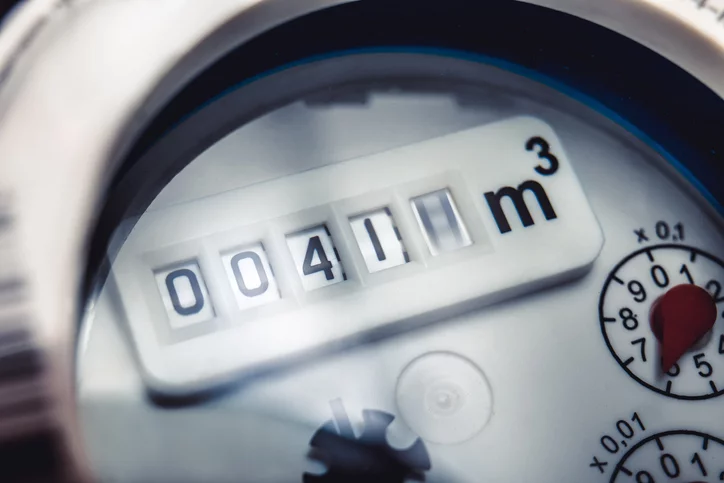Why is there sometimes sewage in our rivers?
Sometimes sewage ends up in rivers, which is not good for the environment or people who want to use those rivers. Water and wastewater companies are allowed to put sewage in rivers in certain situations, such as when there is heavy rainfall and the sewerage system gets overwhelmed. This is done through Storm Overflows, which redirect excess wastewater from the sewage system to nearby bodies of water. However, Storm Overflows are being used more frequently than intended, which can harm the environment and people’s quality of life.
There are a few reasons for this, such as climate change causing more intense rainstorms and the loss of green permeable spaces that help absorb rainwater. Some water and wastewater companies have also been fined for inappropriately releasing untreated sewage into the environment.
The government and environmental regulators are investigating this issue, and fines may be used to repair the environmental harm caused by the inappropriate use of storm overflows. Sewage pollution can damage ecosystems and harm wildlife, so it’s important to take care when entering rivers or other bodies of water.
We can all help to protect our local rivers, streams, lakes and beaches, as well as our communities, by taking care about what we flush down the toilet and rinse down our drains. Sewer blockages increase the pressure on sewerage systems.


